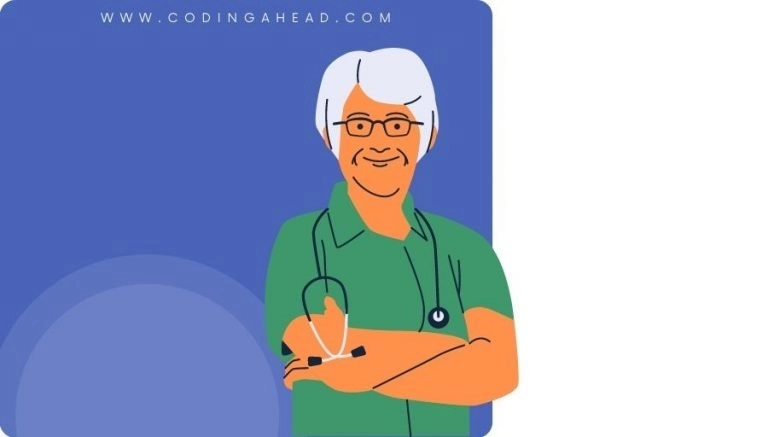How To Use CPT Code 27665
CPT 27665 describes the repair of one or more extensor tendons in the leg, with or without the use of a graft, in a patient who has previously undergone a repair. This article will cover the description, procedure, qualifying circumstances, appropriate usage, documentation requirements, billing guidelines, historical information and billing examples.
1. What is CPT Code 27665?
CPT 27665 is used to describe the repair of extensor tendons in the leg. This procedure is performed by a healthcare provider to restore function and alleviate pain in a patient who has previously undergone a repair. The repair may involve the use of a graft, which is harvested from another area of the body. The goal of this procedure is to repair the ruptured tendon and ensure proper healing.
2. Official Description
The official description of CPT code 27665 is: ‘Repair, extensor tendon, leg; secondary, with or without graft, each tendon.’
3. Procedure
- The healthcare provider prepares the patient for the procedure and administers anesthesia.
- An incision is made in the leg, following the previous incision from the prior repair.
- The provider removes scar tissue and identifies the previous repair of the extensor tendon.
- If necessary, necrotic tissue is debrided from the tendon.
- The provider repairs the ruptured tendon using sutures, ensuring proper length and tension.
- If a graft is required, the provider harvests a piece of fascia or plantar tendon from another area of the body.
- The graft is incorporated into the extensor tendon.
- The incision is closed with sutures.
- The leg is immobilized for a minimum of two weeks to promote healing.
4. Qualifying circumstances
CPT 27665 is performed on patients who have previously undergone a repair of the extensor tendons in the leg. The procedure is indicated when there is a need to restore function and alleviate pain. The patient must meet the criteria for the procedure, and the healthcare provider must determine that a secondary repair is necessary. The use of a graft may be required in certain cases to ensure proper healing and tendon strength.
5. When to use CPT code 27665
CPT code 27665 should be used when a healthcare provider performs a secondary repair of extensor tendons in the leg, with or without the use of a graft. This code is appropriate when the patient has previously undergone a repair and requires further intervention to restore function and alleviate pain. It is important to accurately document the details of the procedure to support the use of this code.
6. Documentation requirements
To support a claim for CPT code 27665, the healthcare provider must document the following information:
- Patient’s medical history and previous repair of the extensor tendons
- Details of the procedure, including the use of a graft if applicable
- Date of the procedure
- Incision site and length
- Description of the repair, including any debridement or grafting
- Length of immobilization period
- Signature of the healthcare provider performing the procedure
7. Billing guidelines
When billing for CPT code 27665, ensure that the procedure meets the criteria for a secondary repair of extensor tendons in the leg. The use of a graft should be documented if applicable. It is important to follow the specific guidelines provided by the payer to ensure accurate and appropriate billing. Modifier codes may be necessary in certain circumstances, such as when multiple procedures are performed or when the procedure is performed by multiple providers.
8. Historical information
CPT code 27665 was added to the Current Procedural Terminology system on January 1, 1990. There have been no updates or changes to the code since its addition.
9. Examples
- A patient who previously underwent a repair of the extensor tendons in the leg requires a secondary repair due to persistent pain and limited function.
- A healthcare provider performs a secondary repair of the extensor tendons in the leg, using a graft harvested from the plantar tendon, to ensure proper healing and tendon strength.
- A patient with a history of extensor tendon repair in the leg experiences a re-rupture and requires a secondary repair to restore function.
- A healthcare provider performs a secondary repair of the extensor tendons in the leg, utilizing a graft harvested from the fascia, to promote healing and improve tendon strength.
- A patient who previously underwent a repair of the extensor tendons in the leg experiences persistent pain and limited function, necessitating a secondary repair to alleviate symptoms.
- A healthcare provider performs a secondary repair of the extensor tendons in the leg, without the use of a graft, to restore function and improve the patient’s quality of life.
- A patient with a history of extensor tendon repair in the leg requires a secondary repair due to a re-rupture and ongoing pain.
- A healthcare provider performs a secondary repair of the extensor tendons in the leg, utilizing a graft harvested from the plantar tendon, to ensure proper healing and tendon strength.
- A patient who previously underwent a repair of the extensor tendons in the leg experiences limited function and discomfort, necessitating a secondary repair to improve outcomes.
- A healthcare provider performs a secondary repair of the extensor tendons in the leg, without the use of a graft, to restore function and alleviate pain in the patient.




